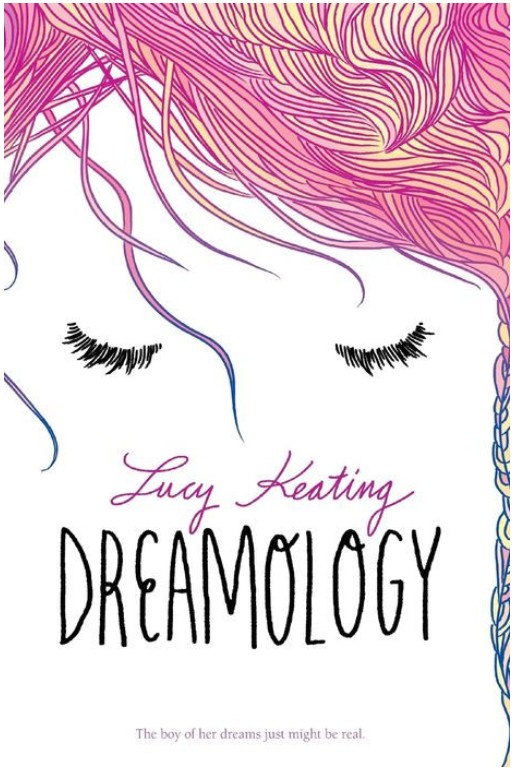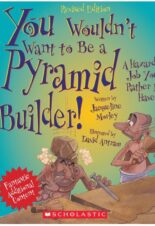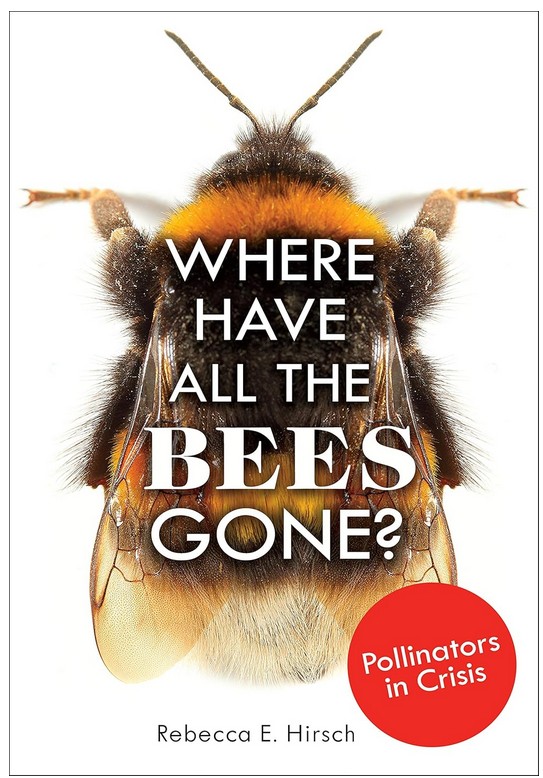
Buy This Book
“In 2012 US farmers applied 34 million pounds of pesticides to control insect pests on their crops. Another 26 million pounds of pesticides were used in US homes, schools, government buildings, and businesses. ” –Where Have All the Bees Gone?
Where Have All the Bees Gone?
by Rebecca E. Hirsch
AR Test, Must Read
11+
Score
7.3
147
Apples, blueberries, peppers, cucumbers, coffee, and vanilla. Do you like to eat and drink? Then you might want to thank a bee.
Bees pollinate 75 percent of the fruits, vegetables, and nuts grown in the United States. Around the world, bees pollinate $24 billion worth of crops each year. Without bees, humans would face a drastically reduced diet. We need bees to grow the foods that keep us healthy.
But numbers of bees are falling, and that has scientists alarmed. What’s causing the decline? Diseases, pesticides, climate change, and loss of habitat are all threatening bee populations. Some bee species teeter on the brink of extinction. Learn about the many bee species on Earth—their nests, their colonies, their life cycles, and their vital connection to flowering plants. Most importantly, find out how you can help these important pollinators.
The declining population of bees affects everyone who enjoys eating fruits, vegetables, nuts, and even ice cream. Where Have All the Bees Gone? explores the relationship between bees and plants in eight short chapters. Each chapter breaks down bee information in easy-to-read text broken up by infographics, pictures, and headlines that make each topic clear. The book is packed with interesting information; some topics include how bees are the perfect pollinators, how bees affect the economy, and why bee populations are declining.
Where Have All the Bees Gone? explains the importance of saving bees and gives readers easy steps to help bees in their community. Hirsch lists ways readers can get involved in simple but powerful ways. She explains how to plant a pollinator garden, how to become a citizen scientist, and how to submit sightings of bees to organizations that track bee populations. Small steps, like mowing the lawn less frequently, help bees and other pollinators survive. Master gardener Pam Ford emphasizes that “a garden should be more than merely pretty. It should be full of life.”
In Where Have All the Bees Gone?, Hirsch explores the importance of bees, providing fascinating details broken into easy-to-manage sections. Readers will come away from the book with a new understanding of all types of bees: “There are green bees and there are blue bees, and there’s iridescence and tripes, and large ones and tiny ones.” By the end of the book, readers will be empowered to make small changes that will allow bees to feel at home in their yards.
Sexual Content
- None
Violence
- None
Drugs and Alcohol
- None
Language
- None
Supernatural
- None
Spiritual Content
- None
“In 2012 US farmers applied 34 million pounds of pesticides to control insect pests on their crops. Another 26 million pounds of pesticides were used in US homes, schools, government buildings, and businesses. ” –Where Have All the Bees Gone?
Latest Reviews

Aaron Judge
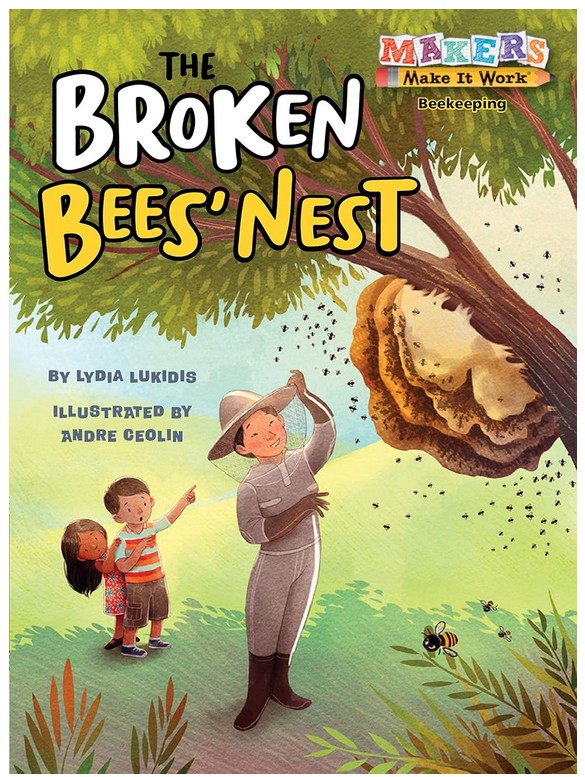
The Broken Bees’ Nest
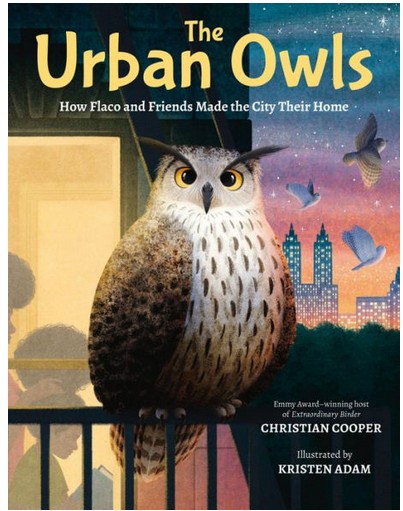
The Urban Owls

Where Have All the Bees Gone?
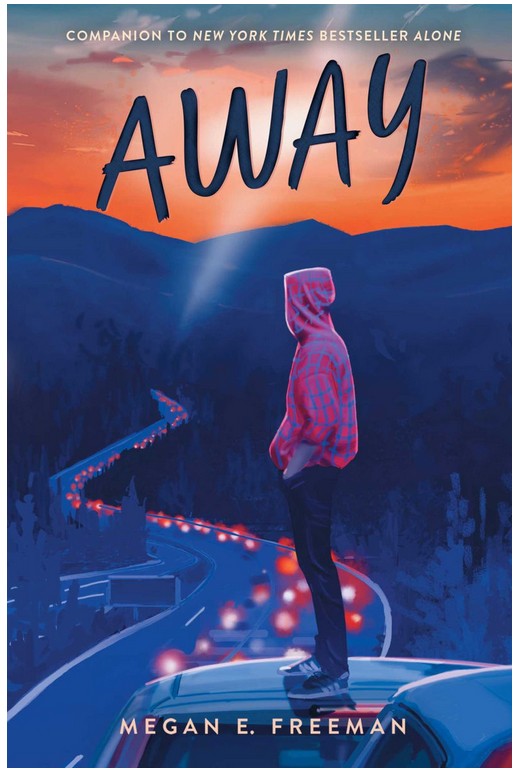
Away

Gamer
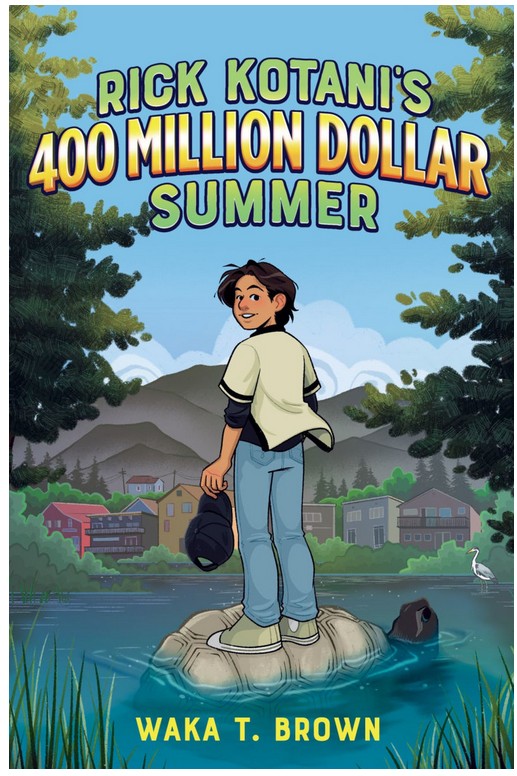
Rick Kotani’s 400 Million Dollar Summer

Pride: A Pride & Prejudice Remix
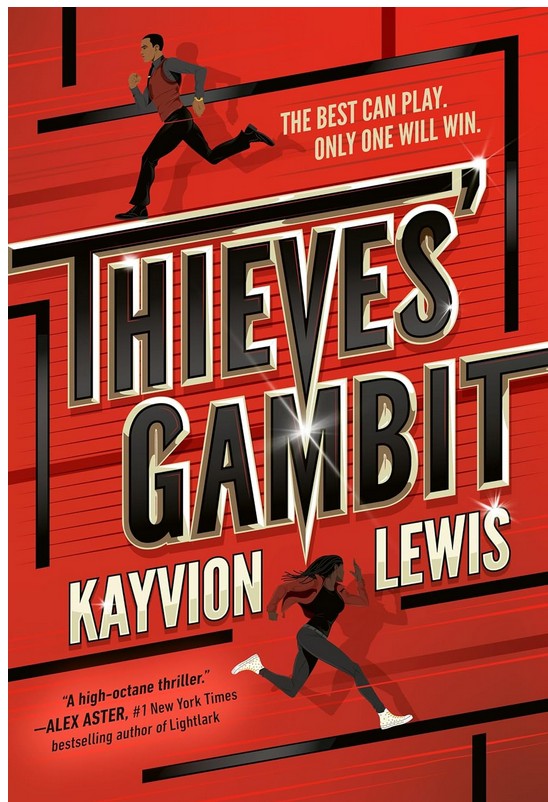
Thieves’ Gambit #1
